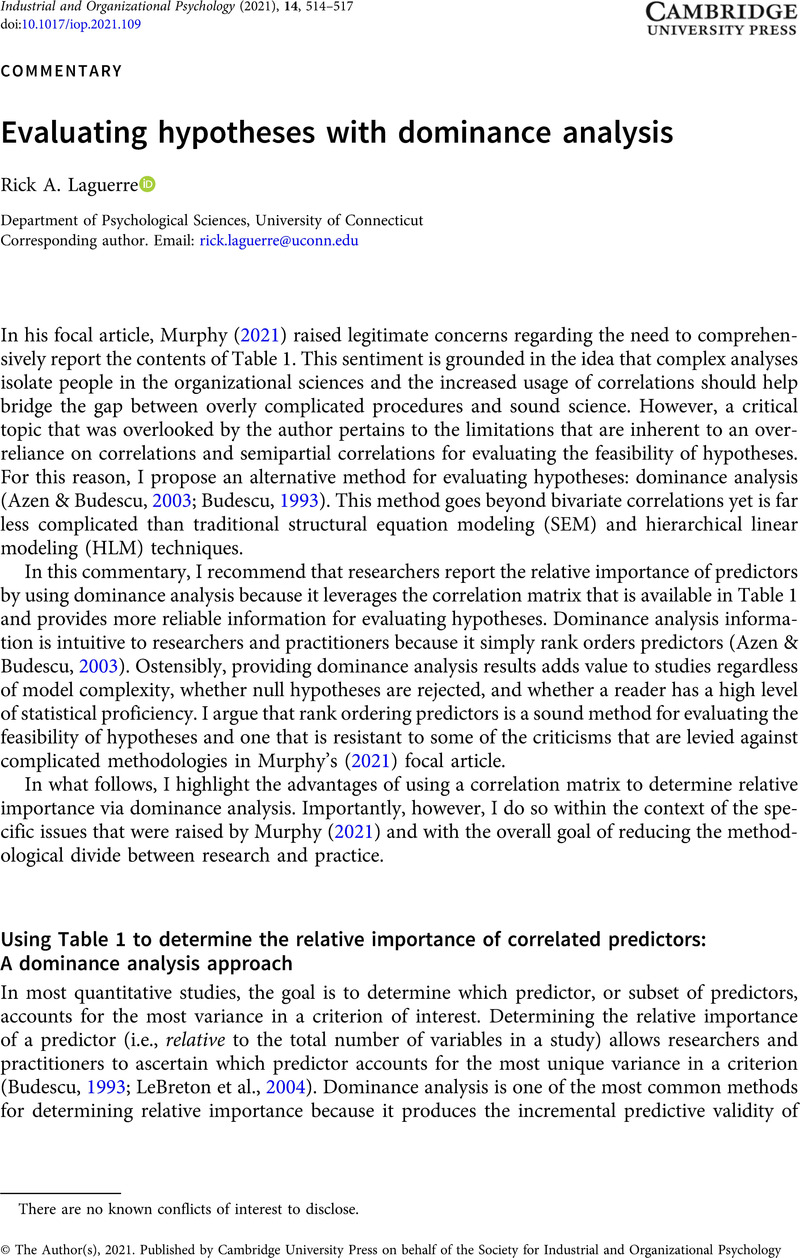Crossref Citations
This article has been cited by the following publications. This list is generated based on data provided by Crossref.
Schmidt, Fabian
Chen, Ya‐Ping
Keitel, Anne
Rösch, Sebastian
Hannemann, Ronny
Serman, Maja
Hauswald, Anne
and
Weisz, Nathan
2023.
Neural speech tracking shifts from the syllabic to the modulation rate of speech as intelligibility decreases.
Psychophysiology,
Vol. 60,
Issue. 11,





